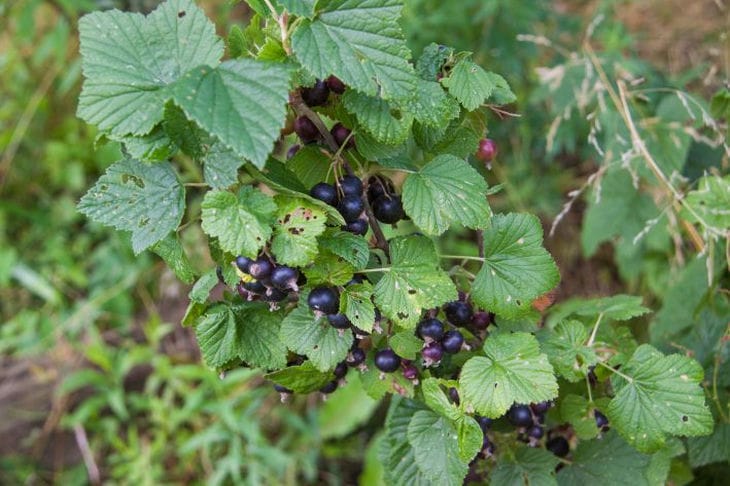How to Get Rid of Aphids on Currants with Ammonia: A Gardener's Secret Method Against Green Vampires
Aphids are a real scourge for gardeners, capable of causing serious damage to plants in a short time.
Currants are especially vulnerable to these pests.
However, there is an effective and affordable way to combat aphids - using ammonia, which will help protect your favorite bushes and preserve the harvest.
The principle of action of ammonia
Ammonia (aqueous ammonia solution) has a strong odor that repels aphids and other insect pests.
When in contact with ammonia, aphids die due to a disruption of the water balance in their bodies.

In addition, ammonia helps strengthen the immunity of plants, making them more resistant to pest attacks.
Preparation of the solution
To prepare an effective remedy against aphids, you need to mix 2-3 tablespoons of ammonia with 10 liters of water.
To enhance the effect, you can add 1-2 tablespoons of liquid soap or laundry soap, previously dissolved in warm water, to the solution. The soap helps the solution stick better to the leaves and stems of the currant.
Directions for use
Treatment of currants with ammonia solution should be carried out in the evening or in cloudy weather to avoid leaf burns.
The solution is applied to the plant using a sprayer, paying special attention to the underside of the leaves, where aphids usually accumulate. It is important to thoroughly treat all parts of the bush, including stems and branches.
Frequency of processing
To achieve maximum effect, treatment of currants with ammonia solution should be repeated every 5-7 days.
Usually 2-3 treatments are enough to completely get rid of aphids. However, in case of severe infestation or under unfavorable weather conditions, additional treatment may be required.
Precautionary measures
When working with ammonia, it is important to take safety precautions. Put on gloves and safety glasses before starting work.
Treat surfaces in windless weather to avoid the solution getting on your skin and eyes. After finishing work, be sure to wash your hands thoroughly with soap.
Additional methods of control
To increase the effectiveness of aphids control on currants, it is recommended to combine treatment with ammonia with other methods.
For example, you can use infusions of garlic or tobacco, which also repel pests. Regular inspection of bushes and mechanical removal of visible aphid clusters will help control the situation.
Prevention of infection
To prevent the appearance of aphids on currants, it is important to follow agricultural practices.
Regular weeding, weed removal and timely pruning of bushes will help create unfavorable conditions for the reproduction of pests. Another effective method of prevention is planting repellent plants near currants, such as marigolds or calendula.
Impact on yield
Timely and correct treatment of currants with ammonia will not only rid the plants of aphids, but will also have a positive effect on the harvest.
Healthy bushes, not damaged by pests, produce larger and juicier berries.
In addition, the absence of aphids reduces the risk of currants becoming infected with viral diseases, which are often carried by these insects.
Alternative Uses for Ammonia in the Garden
Ammonia not only helps control aphids, but also has other uses in gardening.
For example, a solution of ammonia is effective against powdery mildew on cucumbers and other vegetable crops. It can also be used to feed plants by adding a small amount to water for irrigation.
Environmental friendliness of the method
Using ammonia to control aphids on currants is an environmentally friendly method.
Unlike chemical insecticides, ammonia does not accumulate in the soil and plants, quickly decomposing into harmless components. This allows you to get an environmentally friendly currant harvest that is safe for consumption.
